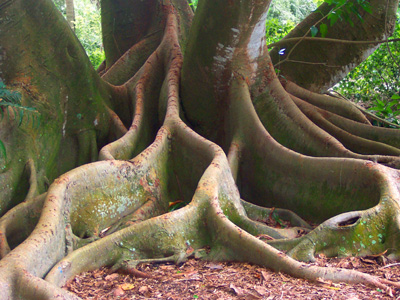
Exchange Surface and Diffusion
This Biology quiz is called 'Exchange Surface and Diffusion' and it has been written by teachers to help you if you are studying the subject at middle school. Playing educational quizzes is a fabulous way to learn if you are in the 6th, 7th or 8th grade - aged 11 to 14.
It costs only $12.50 per month to play this quiz and over 3,500 others that help you with your school work. You can subscribe on the page at Join Us
Getting essential materials to where they are needed in an organism requires specialized tissues and organs. In animals, the transport is taken care of by blood. In plants it is the sap, which is a mixture of water and nutrients. But when the materials arrive at the place they are required, how do they move out of the blood or the sap? The answer is by diffusion through exchange surfaces.
Ready for more?
not all...
quizzers. Try to win a coveted spot on our Hall of Fame Page.







